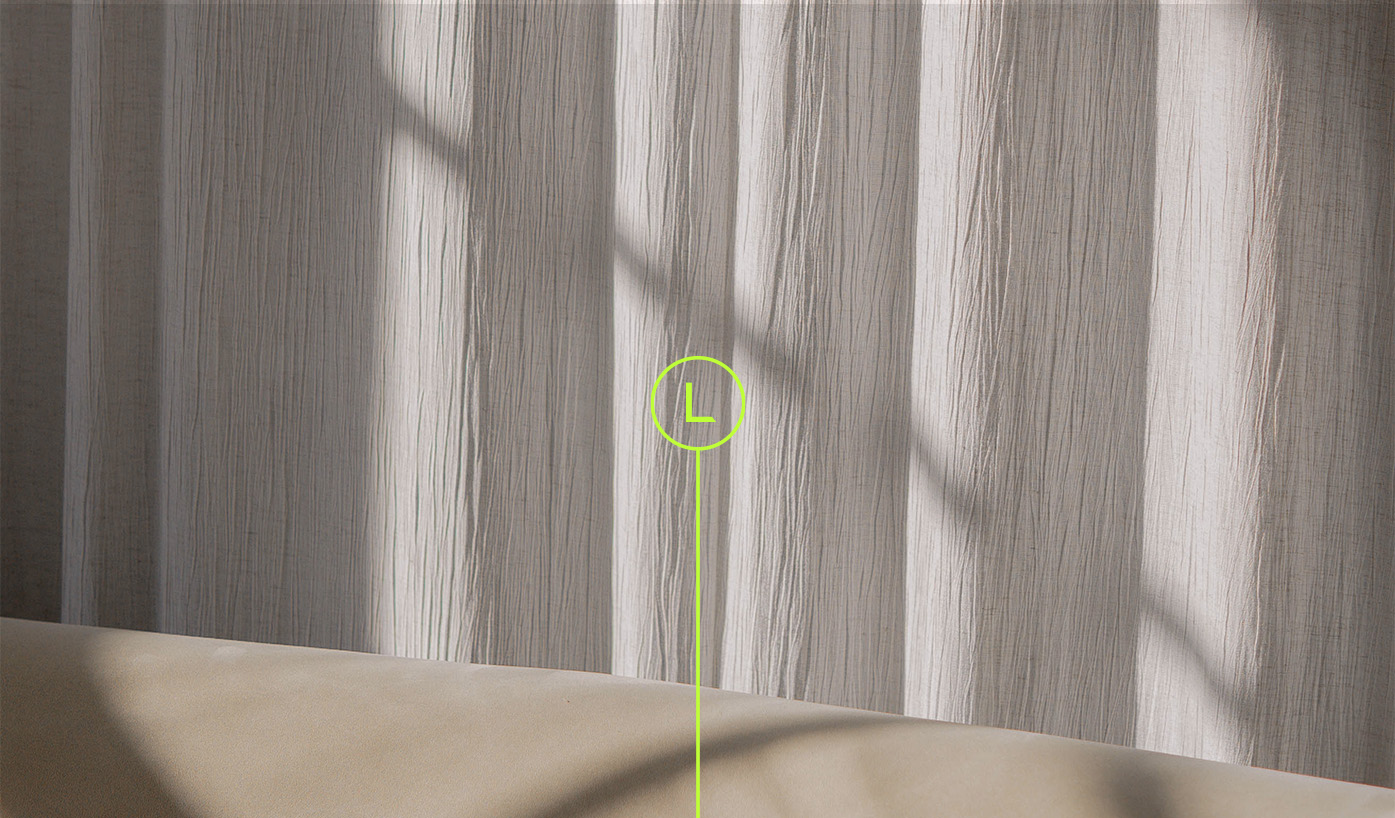Ten Questions on the New Building Act

The new Building Act (751/2023) will enter into force on 1 January 2025, whereby the sections of the Land Use and Building Act (132/1999) concerning construction will enter amended into force as part of the Building Act. At the same time, the corresponding provisions will be removed from the Land Use and Building Act, which will be renamed accordingly as the Land Use Act (Fi. alueidenkäyttölaki).
The Finnish Parliament approved the Building Act and other related legislative amendments in February 2023. However, the approved Building Act will be amended before it enters into force by a so-called series of corrections. The government bill for the series of corrections was submitted to the Parliament in September 2024 and is expected to enter into force at the same time as the Building Act on 1 January 2025.
With the legislative reform, other new laws have been adopted alongside the Building Act. As a result of the reform, the digitalisation of land use and construction will be regulated by a separate Act (431/2023). In addition, certification of the qualifications of persons in charge of planning and site management tasks will be regulated by a separate Act (812/2023). Several new regulations will be adopted under the Building Act, most of which are, as of the end of 2024, in preparation.
Below, our experts answer some of the questions raised about the new Building Act and about what will change on 1 January 2025.
1. Will the Act enter into force in full on 1 January 2025?
The Building Act, as amended by the series of corrections, will enter into force on 1 January 2025, provided that the parliamentary procedure and the ratification of the Act are completed during 2024 as planned.
However, among the legislative reforms presented by the Building Act, the low-carbon requirements (including the obligation to prepare a climate report), the obligation to prepare building permit plans based on building information modelling and the legal time limit for processing building permits would only enter into force on 1 January 2026.
2. What will happen to applications pending on 1 January 2025?
Under the transitional provisions of the Building Act, matters which are pending at the time of the entry into force of the Building Act will be dealt with by applying the provisions of the Land Use and Building Act. Therefore, if an application is pending with the authority on 1 January 2025, the full provisions of the Land Use and Building Act will apply. An application is considered pending if the application has been submitted to the building supervision authority by 31 December 2024, even if the authority requires the application to be completed at a later date (e.g. with regard to annexes).
The Building Act does not contain separate transitional provisions on how deviation permits or decisions concerning the need for planning under the Land Use and Building Act are taken into account in connection with the processing of a new building permit under the Building Act. To avoid confusion, the applicant should aim to apply for all permits for one project under the same piece of legislation.
3. How does the reform change the permitting of new buildings?
By the new Building Act, which will enter into force at the turn of the year, a single-form building permit will replace the current building permit and action permit (and the action notification). Section 42 of the Building Act contains, among other things, an 8-point list of measures that always require a building permit and from which it is not possible to derogate by means of the local building ordinance.
A building permit will, in the future, be required for all new buildings over 30 square meters or 120 cubic meters in size. In addition, a building permit will be required for all residential buildings. New building permits will also be required for structures such as shelters of over 50 square meters, non-temporary public structures, heat wells, pipes and masts over 30 meters of height, and areas built for specific activities that affect the use of surrounding land, such as solar panel fields.
It is worth noting that measures that do not require a permit in the future must nevertheless comply with the applicable regulations, such as restrictions of building rights.
4. How does the reform change permitting of repair and alteration works?
The reform has sought to clarify the existing rules on repair and alteration works and the new Building Act provides more precise rules than the Land Use and Building Act did on which repair projects will require a permit in the future. Under Section 42 of the Act, a building permit will continue to be required for repair and alteration works comparable to the construction of a building, the extension of a building or the addition of floor space to a building, as well as for a substantial change of the purpose of use.
With the introduction of the Building Act, a permit will also be required for repairs to the essential characteristics of a building, including the elimination of health hazards, and where the load-bearing structure of the action area has been damaged. In addition, major alterations to protected buildings or buildings of historical or architectural value will require a permit.
5. What is meant by the division of a building permit into a siting permit and an implementation permit?
Following the legislative reform of the Building Act, a building permit can be – at the request of the applicant – split into two different administrative decisions, a siting permit and an implementation permit. If the application is split as described above, the siting permit determines whether the building project can be located at the intended site (the so-called land use review), while the implementation permit ensures that the building meets the relevant essential technical requirements.
If the applicant does not request the building permit be split into separate siting and implementation permits, the entire permit consideration will be carried out as part of the building permit application.
6. What will change regarding decisions concerning the need for planning?
The new Building Act does not recognize decisions concerning the need for planning (Fi. suunnittelutarveratkaisu). The matters relating to where a project can be located which were part of the decision concerning the need for planning under the Land Use and Building Act will be examined as part of the building permit. The areas which require planning (Fi. suunnittelutarvealue) and when the provisions regarding areas which require planning apply, will continue to be determined by Section 16 of the Land Use and Building Act.
Section 46 of the Building Act lays down the conditions for where a project can be located in an area which requires planning.
The conditions for where a project can be located in an area which requires planning, will continue to include similar matters as those set out in Section 137 of the Land Use and Building Act (which addresses the preconditions for granting a building permit in areas which require planning). However, the conditions will include changes as well, such as the fact that the impact of construction on the land use planning will henceforth be assessed on the basis of the municipal land use review. Under Section 46 of the Building Act, construction in an area which requires planning is possible provided that it does not substantially impede the drafting of a master and local detailed plan in accordance with the municipal land use review. Thus, only planning initiatives which are included in the land use review impact the consideration of where a project can be located. The aim is to change the current situation set out by case law. At present, a decision concerning the need for planning is considered a categorical hindrance to continued planning in an area which requires planning.
In the future, the conditions for where a project can be located in an area which requires planning could also be waived by means of a deviation. However, this possibility does not apply to the requirement in Article 46.1(2) of the Building Act, according to which the construction must not result in construction with such a significant impact or which causes such significant adverse environmental or other effects that it requires the drawing up of a local detailed plan.
7. What is a siting permit for clean transition projects?
A new separate permit form, the clean transition siting permit, is being added to the Building Act. Industrial projects which advance the clean transition can now be built with a siting permit for green transition projects without a local detailed plan or a general plan. The environmental impacts of these projects must be assessed in a manner equivalent to that of a land use plan, and no significant adverse effects may arise. The objective of the siting permit for green transition projects is to stimulate the implementation of investments into clean energy in Finland.
The siting permit for green transition projects applies to several clean transition projects, including renewable energy installations, excluding wind and solar power. Other projects covered include industrial electrification projects that meet certain conditions, hydrogen production plants, battery factories and data centre projects, as well as carbon capture, utilisation and storage projects.
8. How will the appeal rights for construction projects change?
Some clarifications will be made to the rights of appeal for permits granted under the Building Act compared to the Land Use and Building Act. For the most part, the appeal rights remain the same as under the Land Use and Building Act.
With the reform, the museum authority can also file an appeal against a building permit. The right of appeal of the museum authority is new compared to the Land Use and Building Act, but it is limited to protected sites of national and regional importance. In addition, a neighbouring municipality will also have the right to file an appeal against a building permit if the permit may affect its land use planning. It is also worth noting that the scope of those entitled to appeal against a building permit differs slightly depending on whether or not the building is located in an area which requires planning.
In the future, certain registered associations will only be able to appeal against a deviation permit and a building permit in areas which require planning if the project is subject to the Environmental Impact Assessment Procedure Act.
If, at the request of the applicant, the building permit has been resolved by separate decisions on the siting permit and the implementation permit, the scope of appeal is slightly narrower for the implementation permit than for the siting permit. The implementation permit is not subject to appeal by neighbouring municipalities, the ELY Centres or certain associations.
The right of appeal for landscape permits is clarified and limited. For the sake of clarity, a reference to the right of appeal of the authority in matters within its competence is added. In addition, where a landscape permit implements a legally binding local detailed or a general plan, the right of appeal is limited to the owner and holder of the adjacent or adjoining property or other land and to the person whose right, obligation or interest is directly affected by the decision.
The right of appeal against a demolition permit would no longer be open to all members of the municipality or neighbouring municipalities, but would be limited to those affected by the decision and, in certain circumstances, to the ELY Centre and the museum authority.
The rules on the rights of appeal for the new siting permit for green transition projects are very similar to those of the building permit. However, an appeal against a siting permit for green transition projects can always be filed by the ELY Centre.
In addition, decisions under the Building Act will continue to be subject to the administrative review if the decision-making is delegated from the building supervision authority to an individual civil servant. However, in this case, the administrative review procedure of the Administrative Procedure Act will apply, thereby extending the time limit for filing an application for an administrative review to 30 days.
9. How does the Building Act advance the digitalisation of the construction sector?
The Building Act introduces a national digital information system for the built environment. The digitalisation of the construction sector is regulated by a separate Act on the Built Environment Information System. The digitalisation of construction decisions and data content will be made possible through an information model -based permitting process. The application for a building permit is made by means of a plan in the form of an information model or in another machine-readable format. At the final inspection of a project subject to a building permit, a machine-readable as-built model is submitted to update the design phase data in order to reflect the actual construction works. The requirements for the design and as-built models will be specified in a decree of the Ministry of the Environment (YM052:00/2022, in preparation).
The digital building permit requirements will enter into force in January 2026.
In addition, a machine-readable operating or maintenance manual will have to be drawn up from the beginning of 2025 for new buildings, as well as for for the action area in the case of repair and alteration works or substantial changes of use which are subject to a building permit
10. Will there be a fixed time limit for the processing of building permits in the future?
From 2026 onwards, municipalities will, in principle, have a legal time limit of three months to decide on building permit applications. The time limit will not be three months for all building permits, but six months for siting permits for green transition projects, building permits for highly complex construction projects and building permits which are particularly demanding.
The time limit is calculated from the date of receipt of the application and its annexes by the municipal building supervision authority in a way that the application can be processed.
In case the processing of the application for a building permit is delayed, the municipality must, on its own initiative, refund 20% of the building permit fee for each month of delay. The refund obligation does not exist if the delay is caused by the applicant.
The regulation on the processing time guarantee of building permits will enter into force in January 2026.
For more information please contact
-
Alisa MontonenPartner, Attorney-at-Law
-
Amanda OlmoAssociate
Master of Laws

